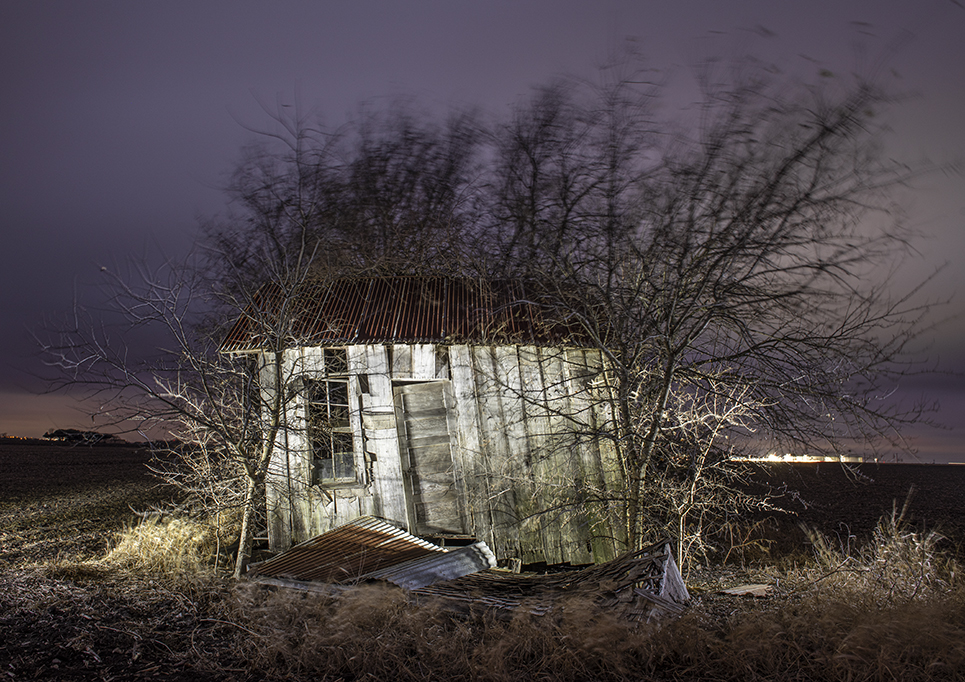I’m a lover of maps, the ones you hold in your hands. Shortly after returning to Texas, a community named “Sharp” got my attention. Since it wasn’t far away, I made a drive there several years ago. These photos, made in December, are a revisit. Sharp is a community in Milam County. The current population might be 60 people. There’s not much there, but at one time there was a school, a church, a cotton gin, a general store and a cemetery. The cemetery remains. Founded in the 1870s, it’s named for Dr. William Franklin Sharp, a physician. To my knowledge we’re not related. Sharp School, like much of the community, looks kind of spooky. Students haven’t passed through its halls for a long time. I liked seeing the bench near the entrance, adorned with members of the Class of 1941. That class photo is fascinating, at least to me. I look at it again and again. Sharp Presbyterian Church, long dormant, was built in 1902. I’m not sure when the cotton gin ceased production. Sharp General Store, shown in the last photo, began in 1895, closing in 1985. It’s a bit of a ghost town, but it’s Sharp. 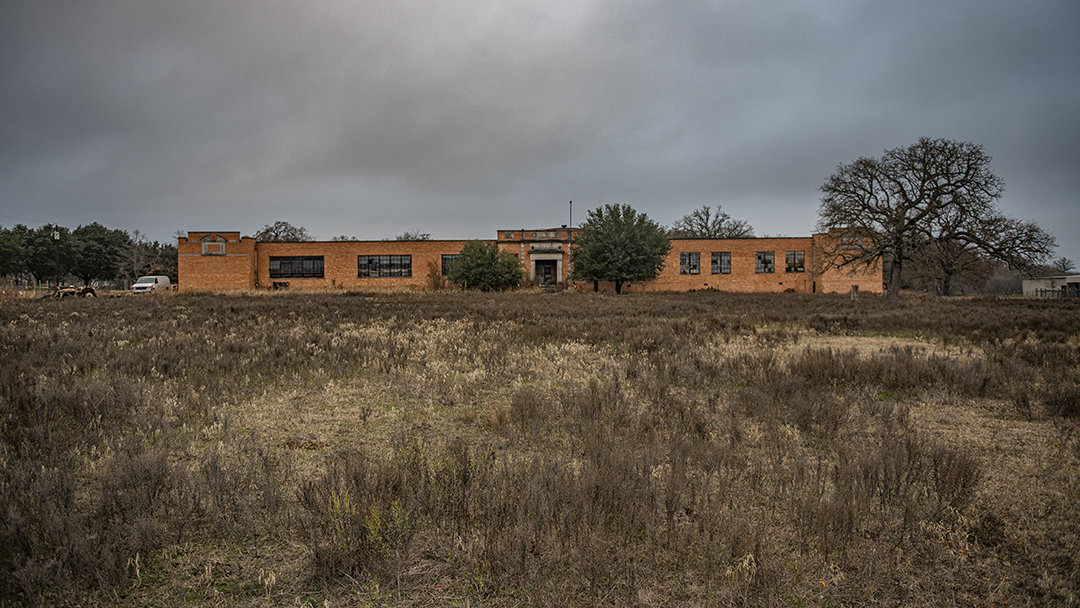
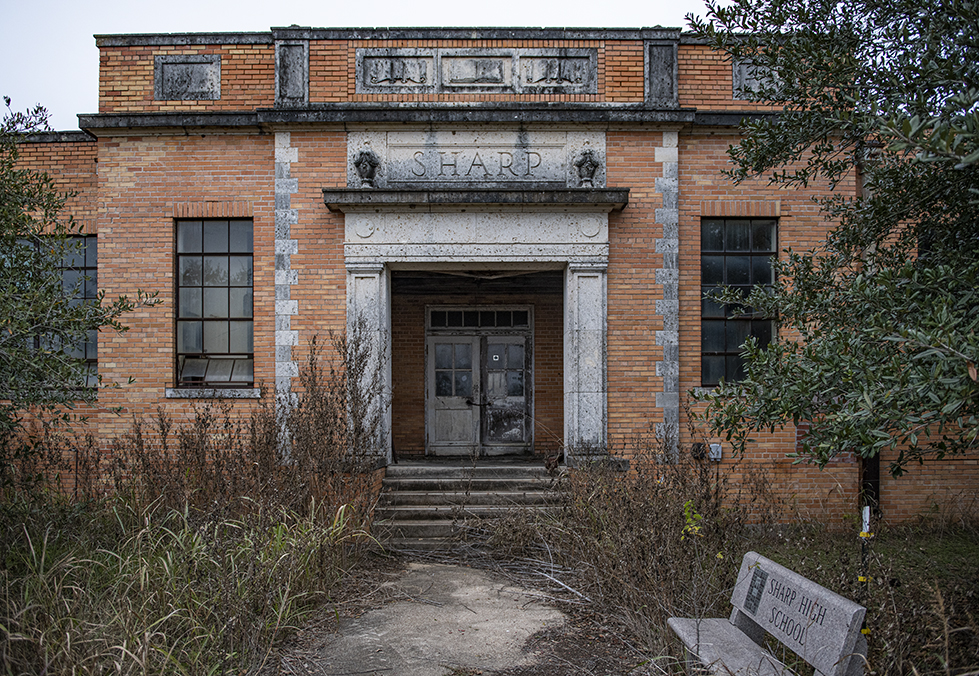
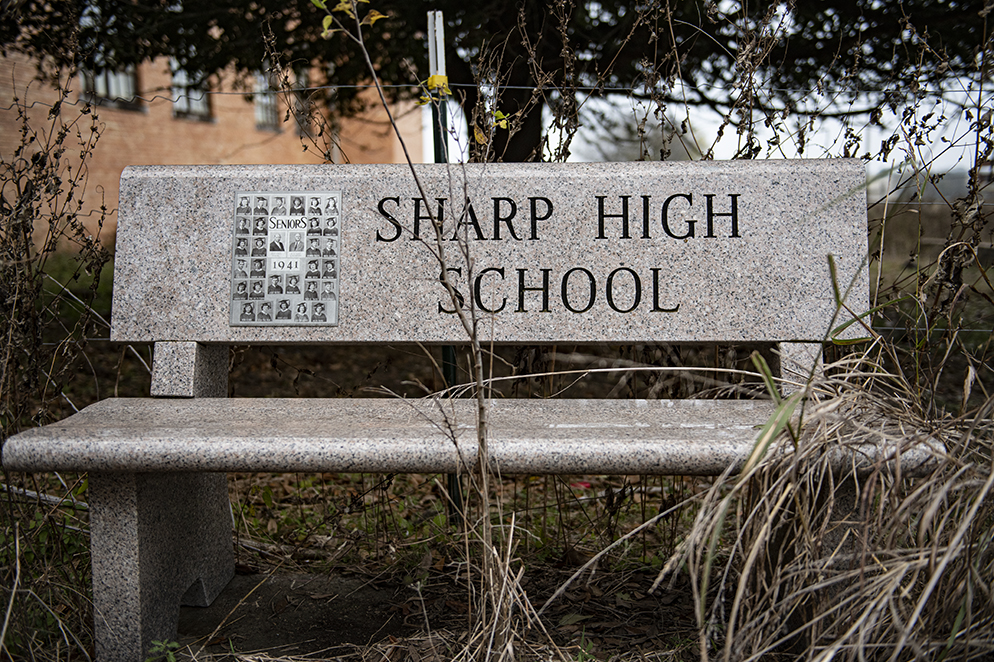
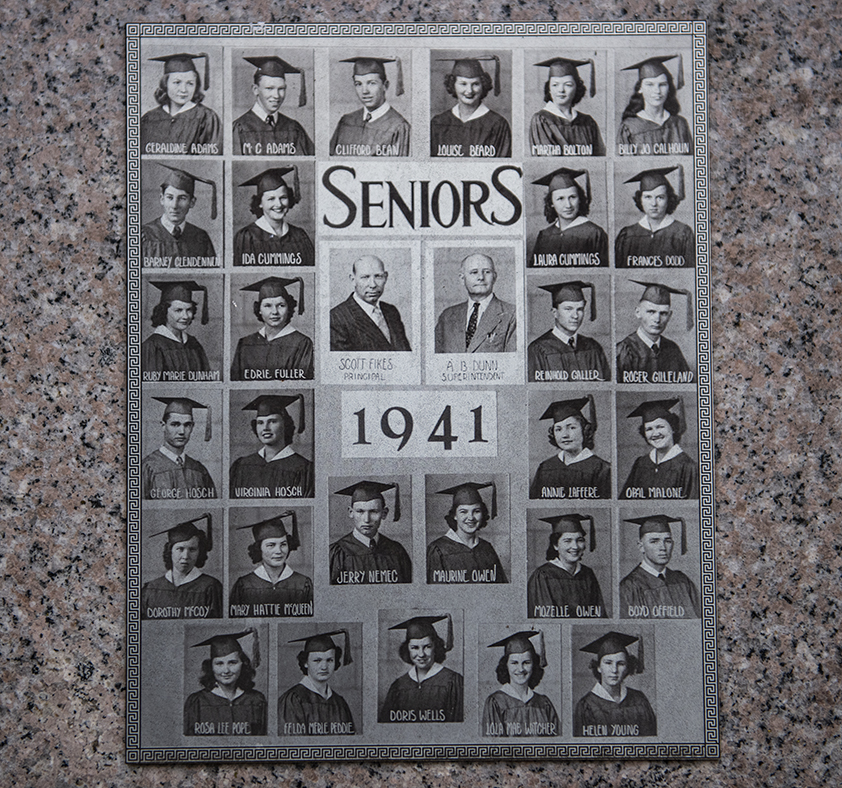
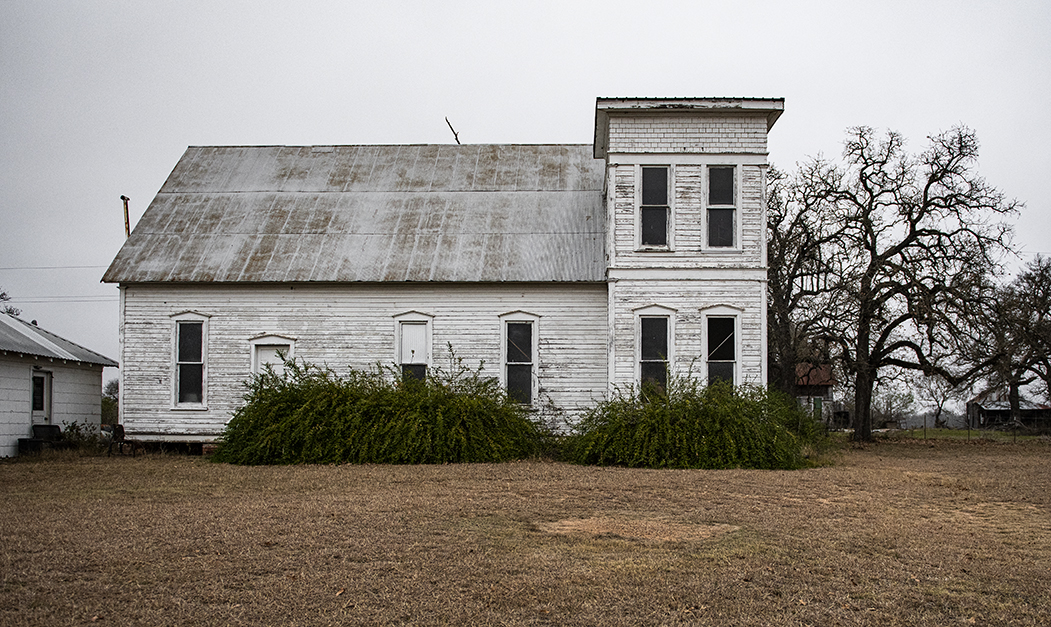
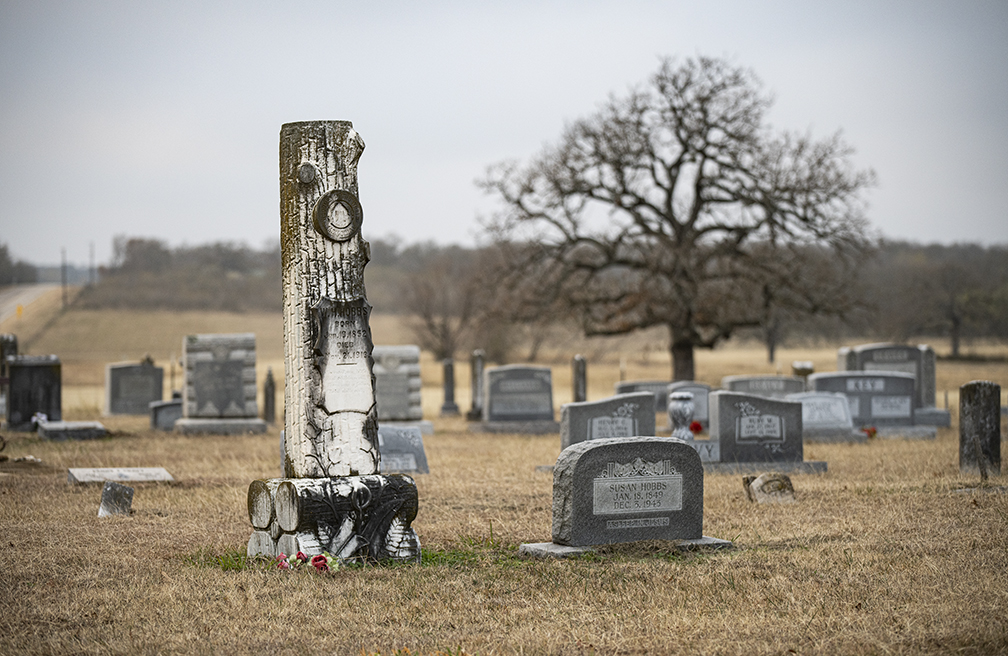
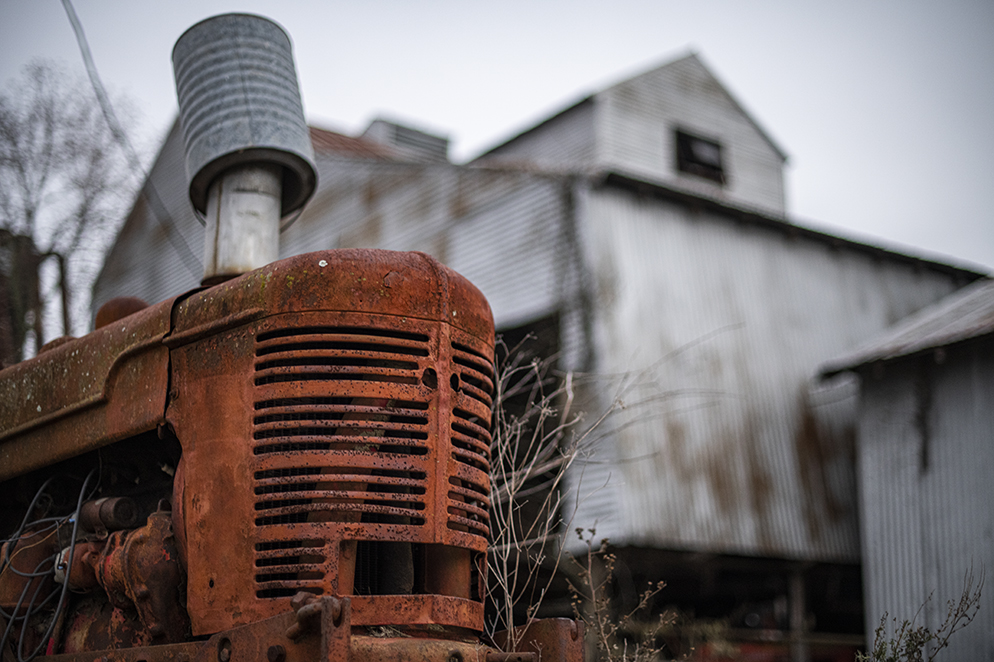
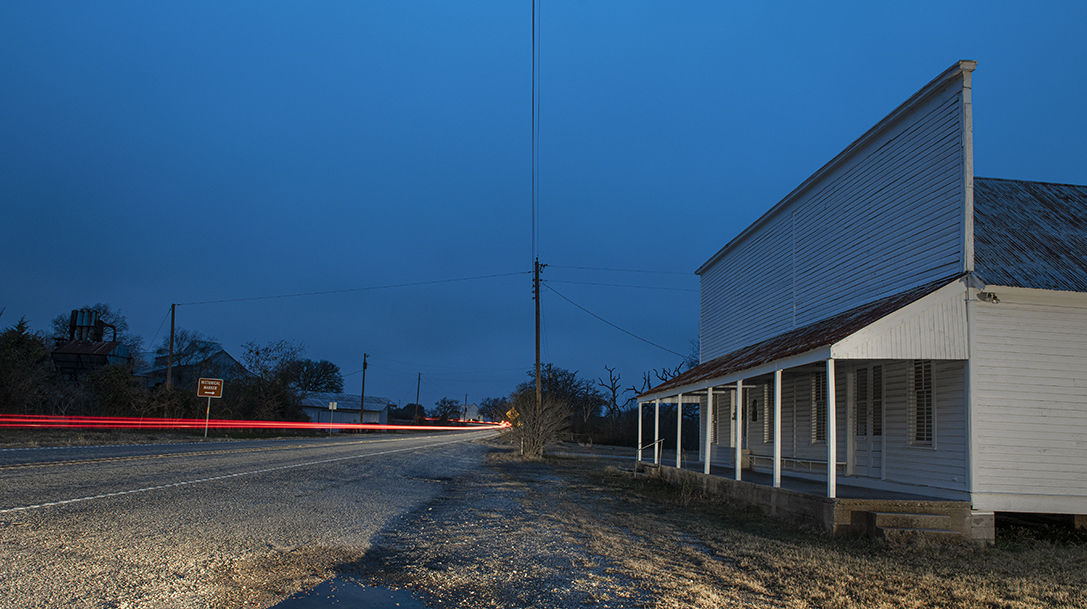
At The Park With Daddy
Some photos taken earlier this evening at Berry Springs Park & Preserve in Georgetown. I’d come to the park for a pictorial image or two, maybe a resident Great Blue Heron enjoying the pond, but I came away with something nicer, a 2-year-old and her daddy spending quality time together. By day’s end, she was one tired little lady. Relationships matter. 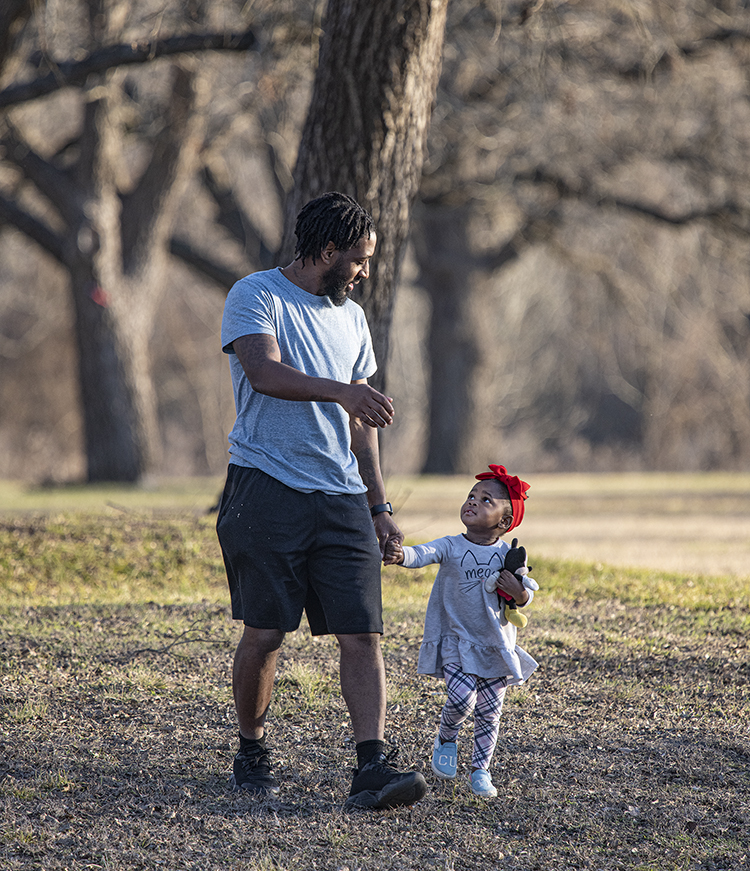
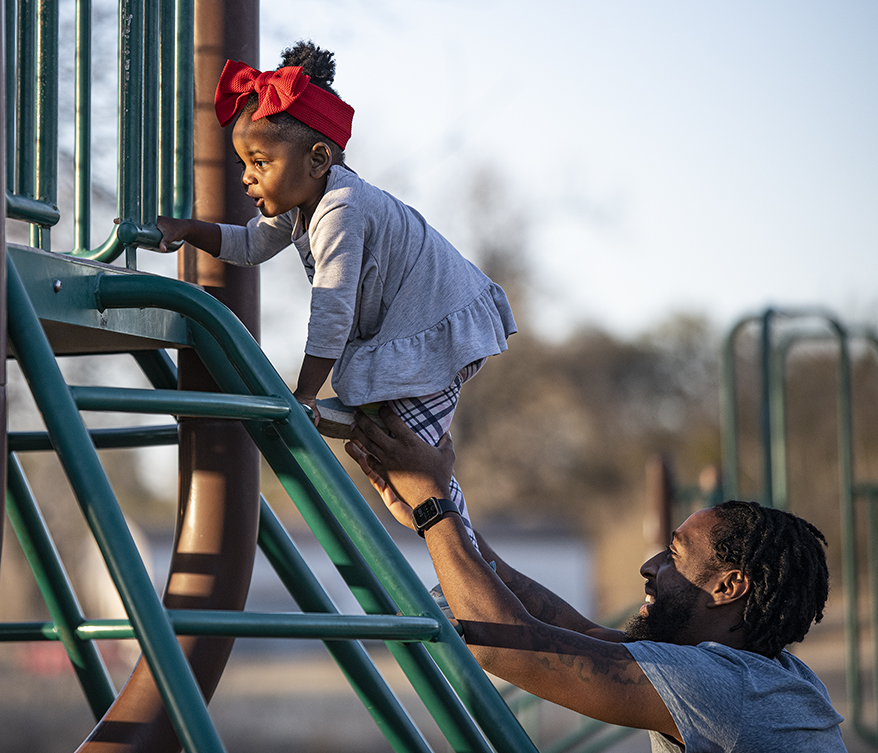
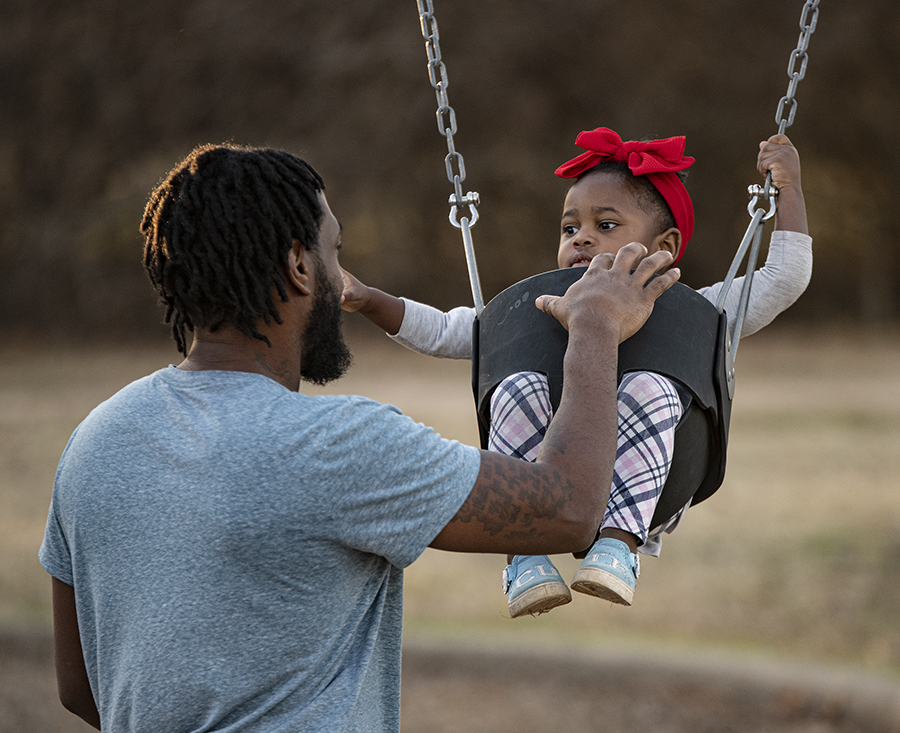



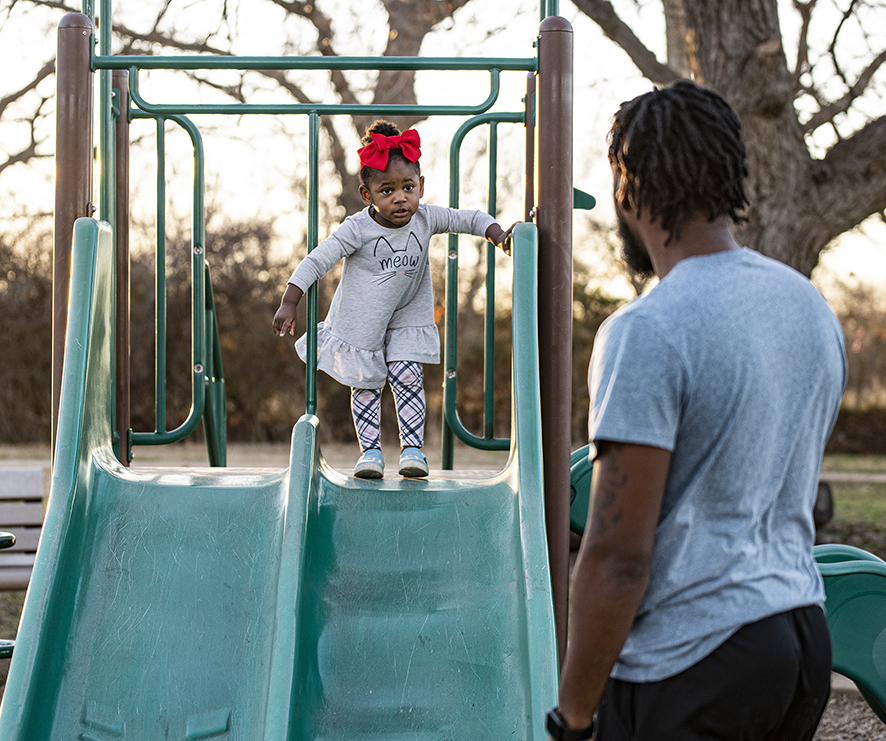


Visiting Small Towns
The opening photo was taken this evening in Bertram, Texas, a community of a little over 1300 in Burnet County, about 45 miles northwest of Austin. Established in 1882, it’s home to the Oatmeal Festival, normally held on Labor Day, but cancelled in 2020 because of the pandemic. I covered the Oatmeal Festival parade for the Austin American-Statesman a few years ago. I hope they’re able to continue this year. The other photo is a long-shuttered cotton gin in Coupland, Texas, a community of about 300 in southeast Williamson County. The gin was included in “Secondhand Lions,” a 2003 movie filmed in this area. I hope to post more about little Texas towns very soon. 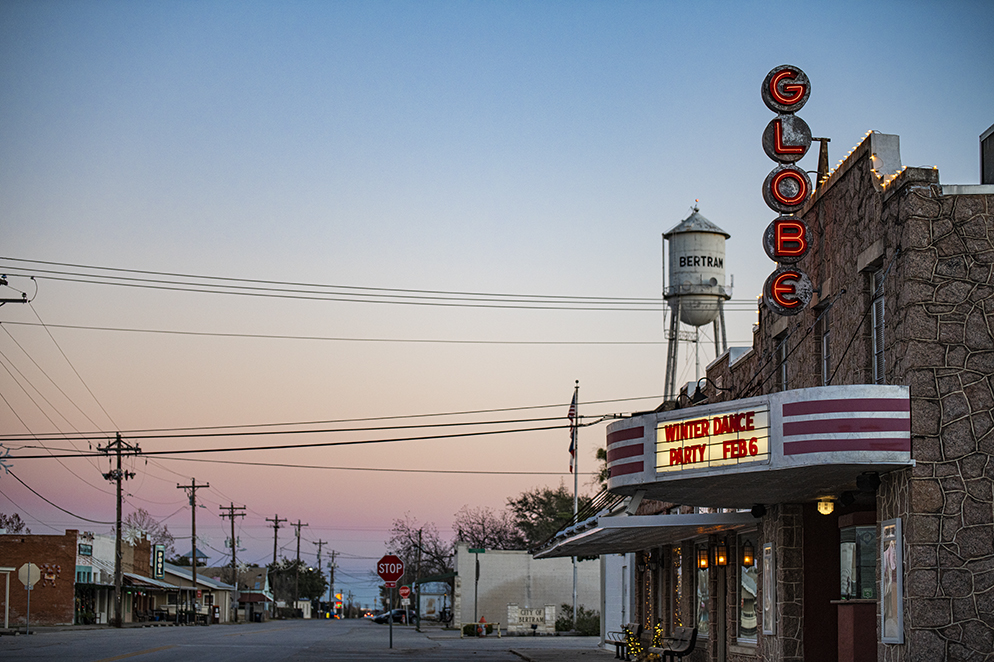
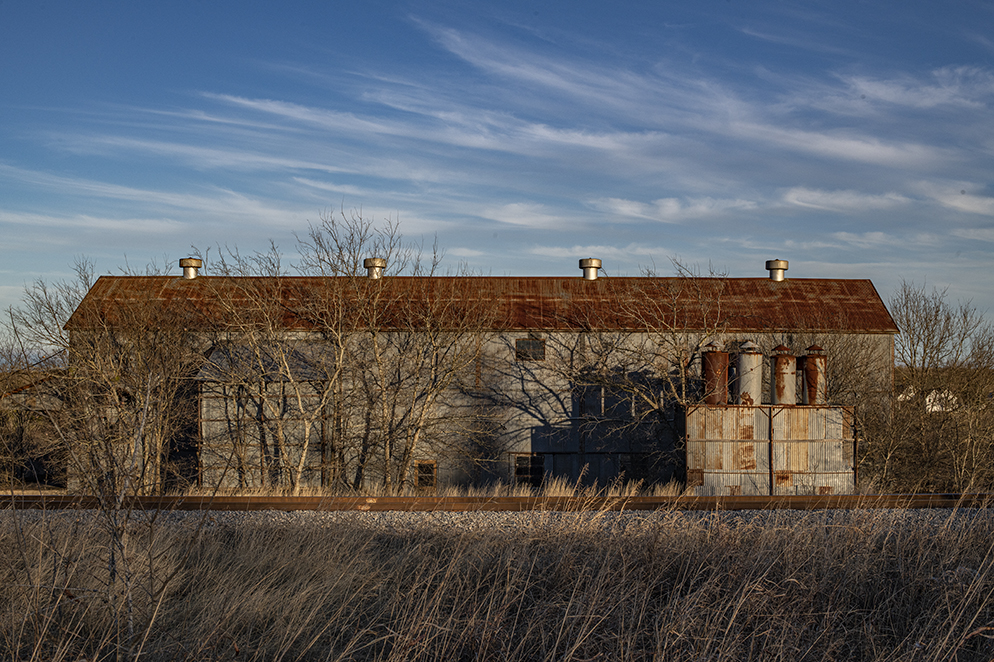
Scenes From a Sunday Drive
These photos were made on a recent Sunday drive that took us through Milam and Bell Counties. Just some farm scenes, a day that began very cloudy, but in the end, the golden light came through. 

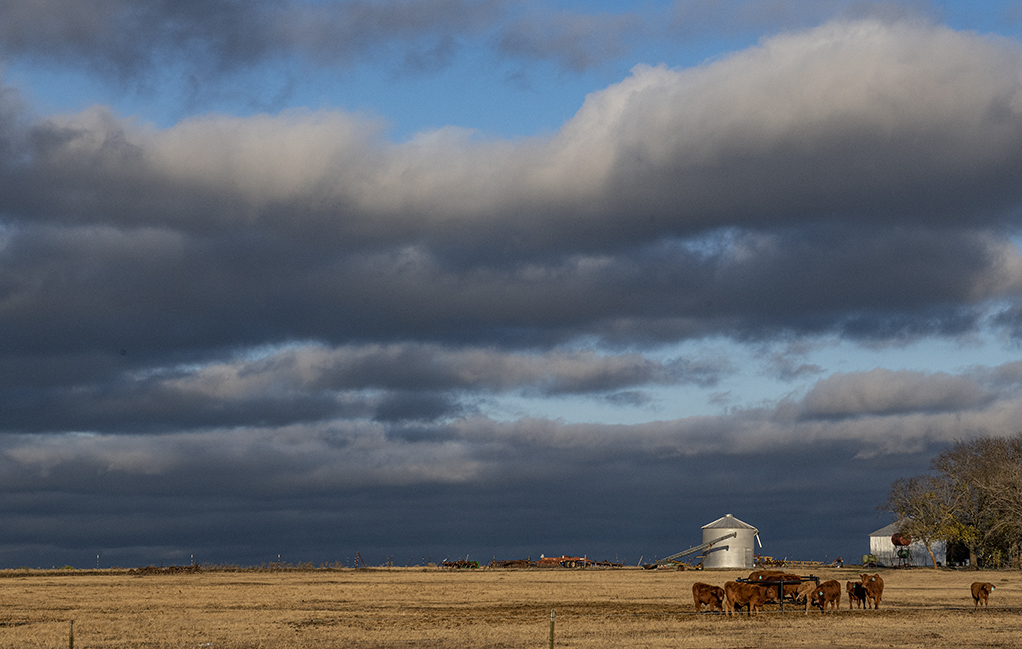
A New Year Begins
While not a given, I’d hoped for a photo or two on the first day of 2021. These are scenes found early this evening in Coupland (the first two photos) and Beyersville. Mentioned before, but l yearn for a better year for us all. 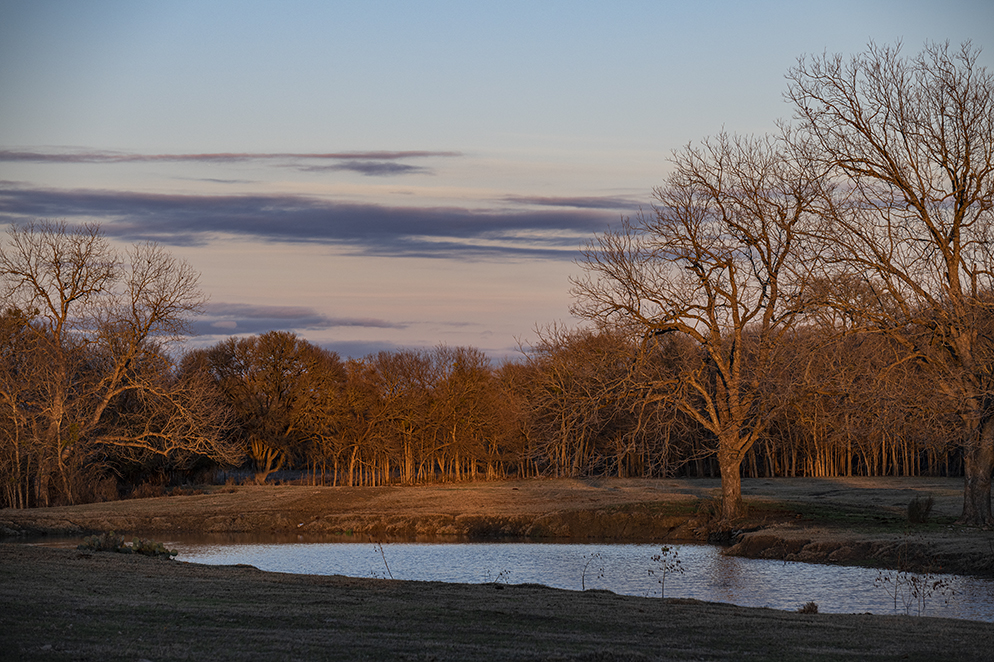


Into the Light
Something to begin 2021 on a bright note, hoping we all have a better road ahead as we follow the light. From Fayette County, Texas. 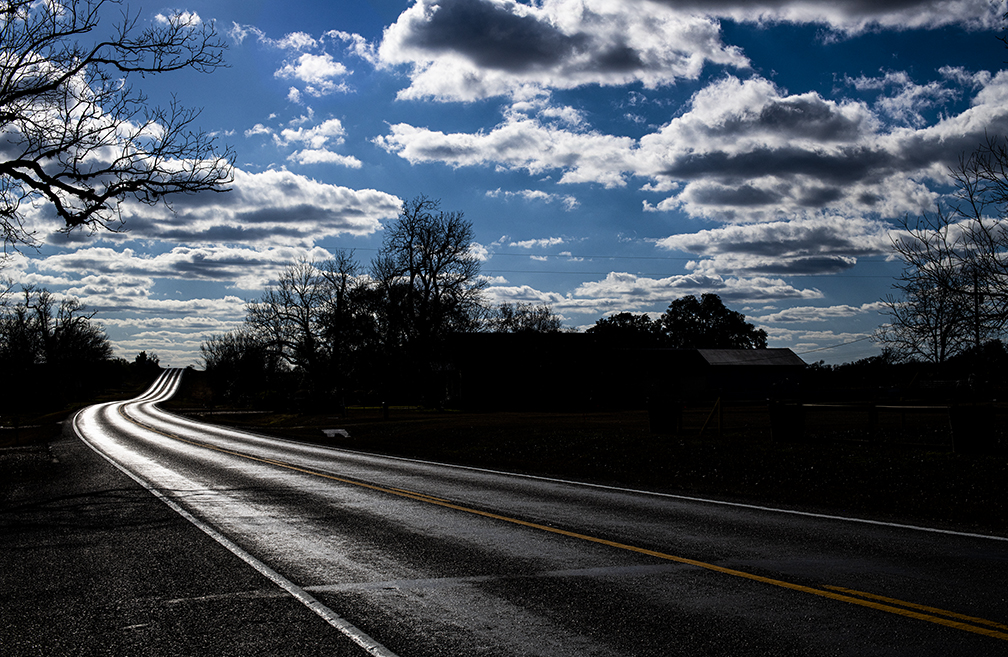
A Cold & Wet End to a Distressing Year
As I write this post in Central Texas, in a little over 3 hours we’ll be done with 2020. It seems fitting that it ends with cold and very wet weather. Fingers crossed that cow found entrance into a warmer barn. Time to move forward into what we hope will be a more promising year. 
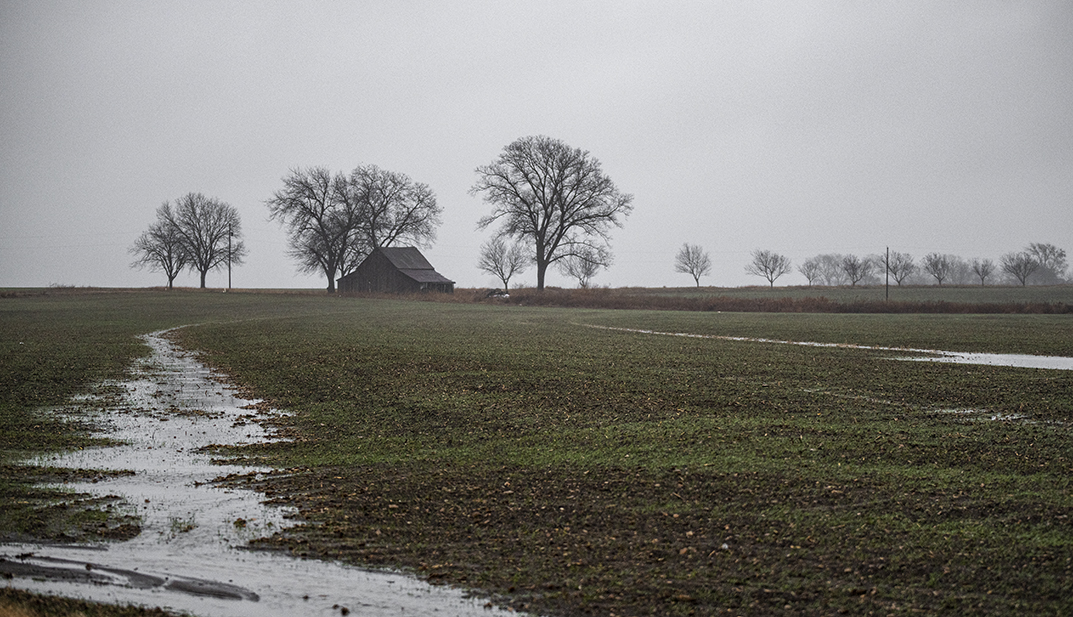
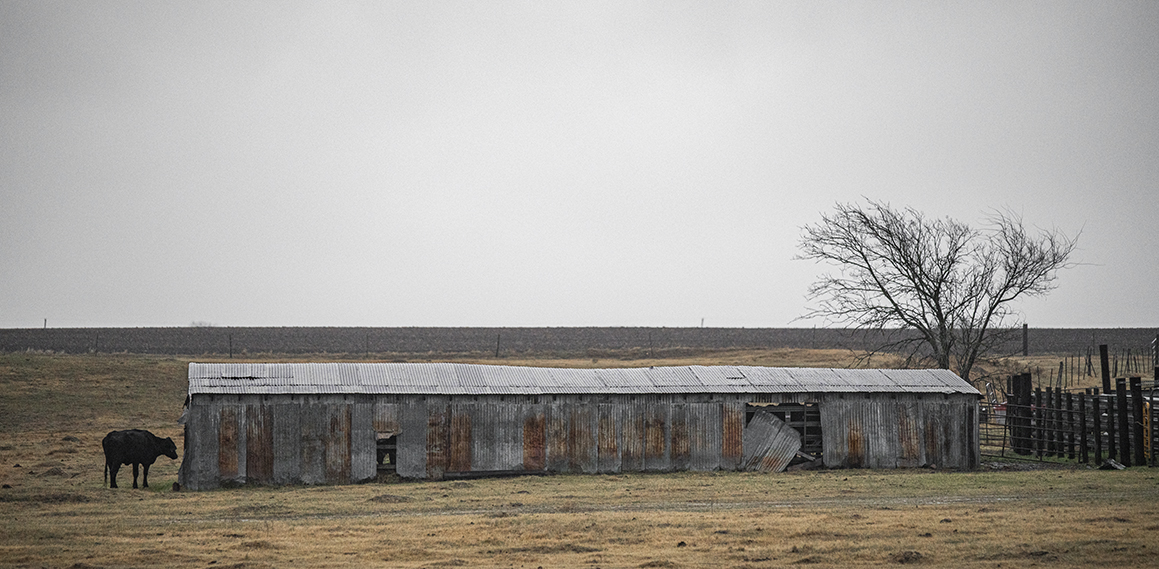

Cleaning Up My Desktop
As usual, there are just too many files on my computer’s desktop. I let the doggone things roost there for too long. Here’s one of them, a Great Blue Heron, done in black-and-white. It was either post it or put it in the trash. 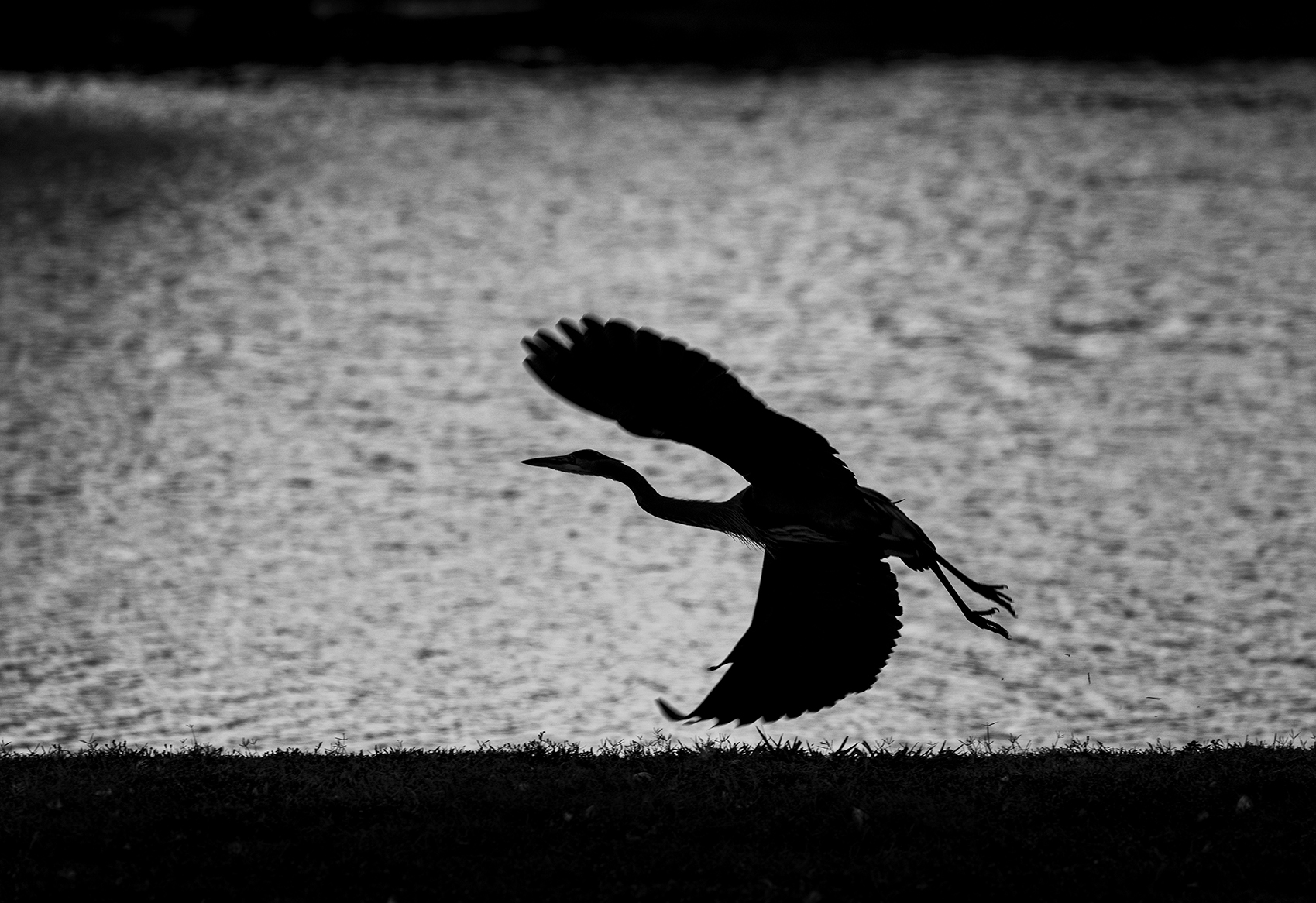
A Visit to St. Martin’s Catholic Church
The last time I visited St. Martin’s Catholic Church in Warrenton (Fayette County, Texas) was 2014. On that drive I was by myself. On this trip my wife tagged along for one of our weekend drives. At 192 square feet, St. Martin’s, along F.M. 237, is the world’s smallest active worship Catholic Church in the world, holding masses once a month. The benches accommodate up to 20 worshipers. As with most Catholic churches, I found the door open for visitors. With the trials we’ve dealt with in 2020, I wasn’t sure. At one time, there was a much larger church on this site, also St. Martin’s, built in 1888. By 1915, the population had shifted to larger areas. The diocese made the decision to dismantle the church, using materials to build a new school in Fayetteville. Leftover materials were used to build this tiny church, also in 1915. The cemetery, of course, remains. 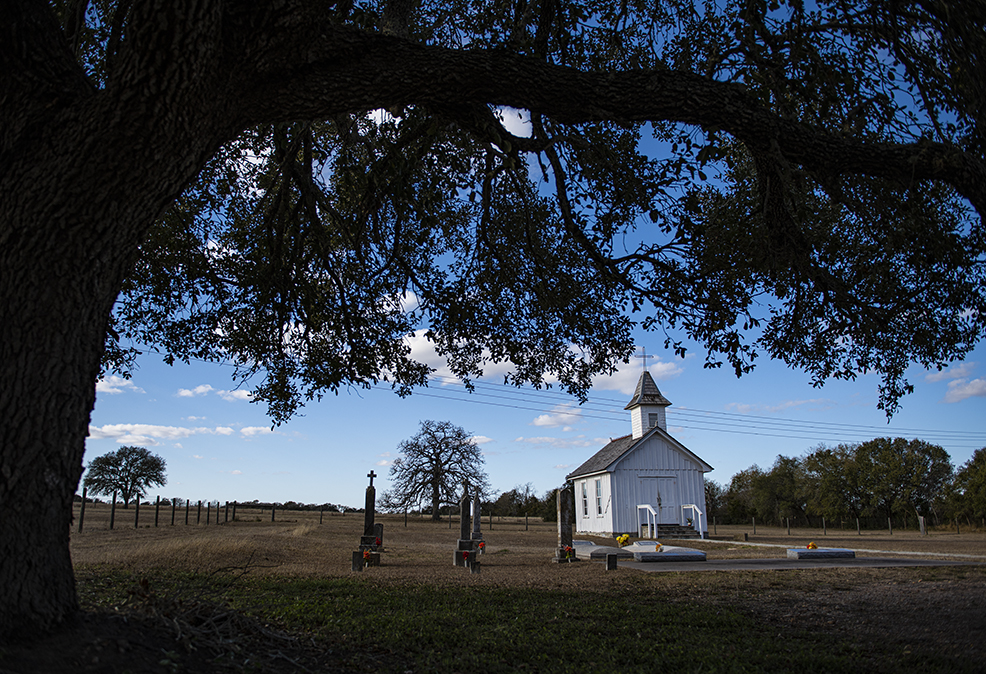

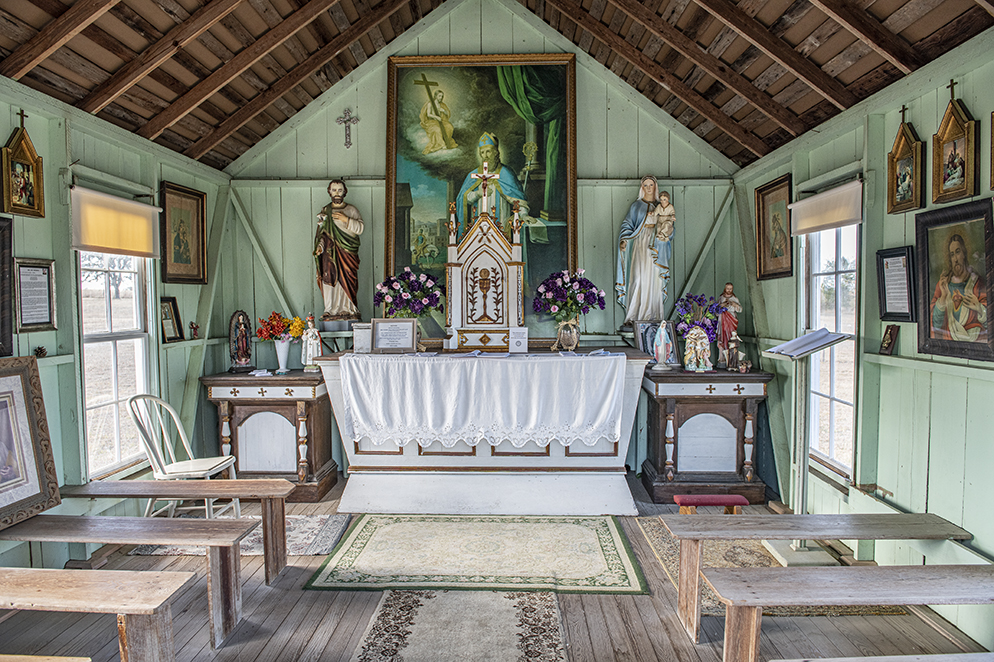
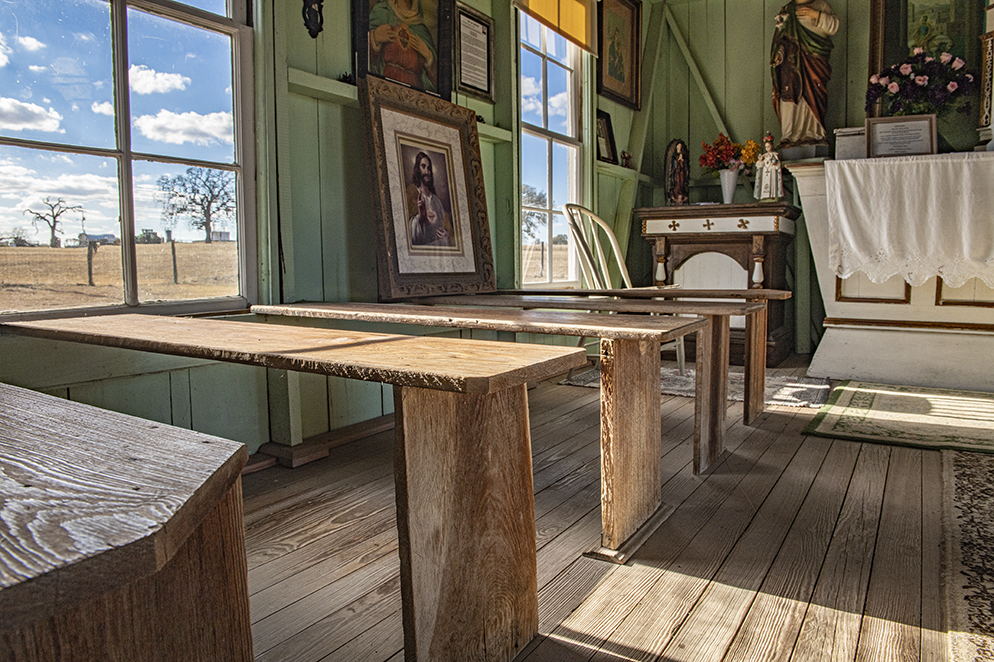
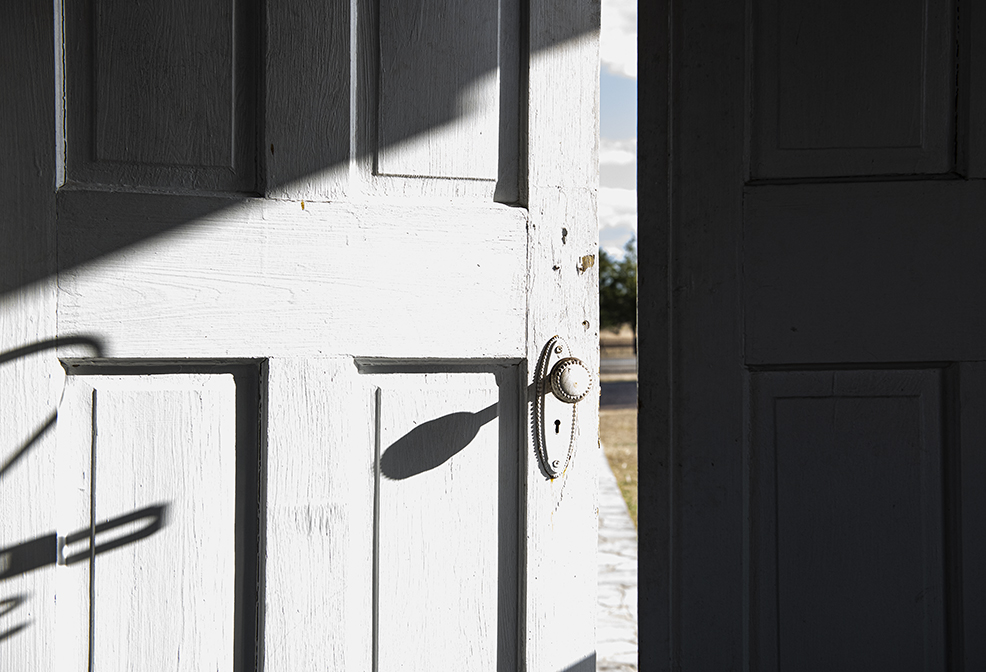
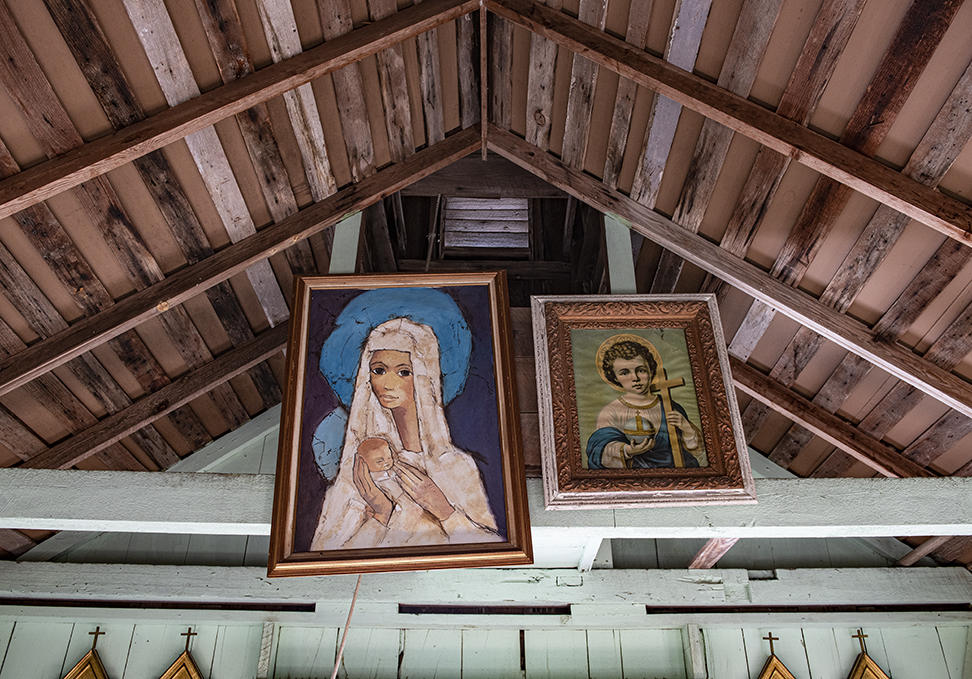
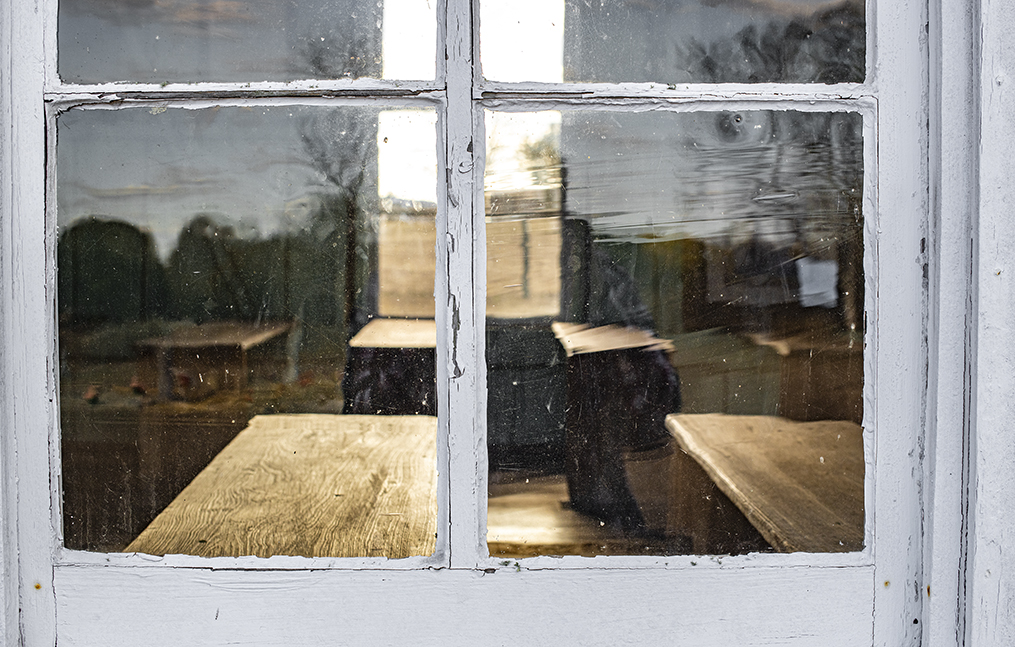
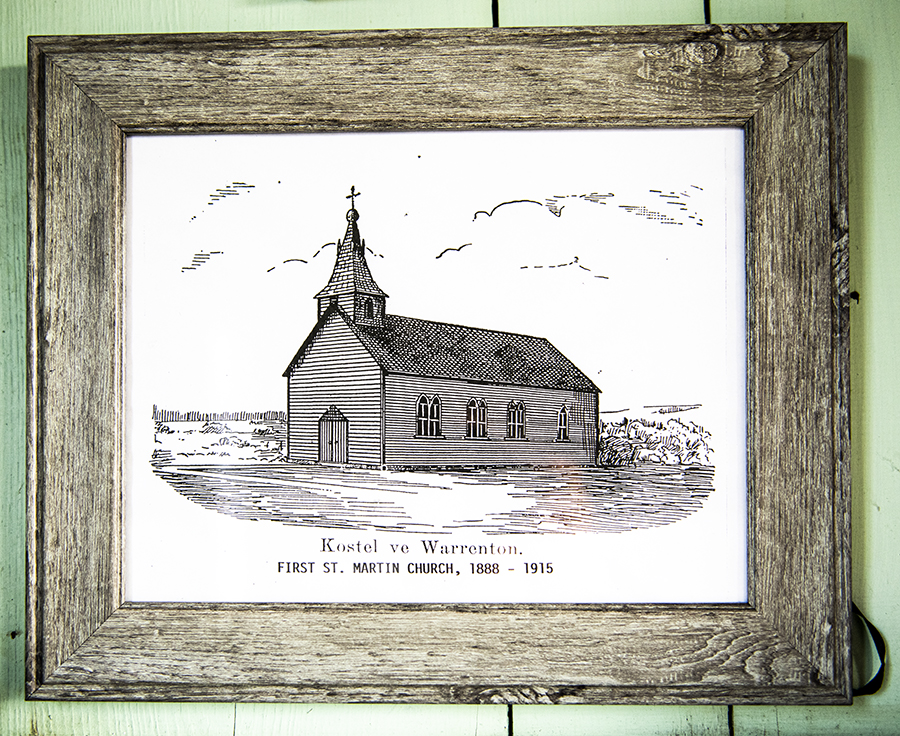 If you blink, you might miss the little church, but it’s worth a stop. A rendering of the original church hangs in the sanctuary. It’s included here.
If you blink, you might miss the little church, but it’s worth a stop. A rendering of the original church hangs in the sanctuary. It’s included here.
Bits of Our Texas Past
One of the things I’ve been trying to do for ten years is document things that are in danger of disappearing on the Blackand Prairie. Recently, I thought about how four barns I’ve photographed a few times are now gone forever. Some were torn down, or in one instance, it just fell apart. As growth continues, I expect to see more of this. The structure shown is what locals call a “hand shack.” Back in the day, these rudimentary dwellings provided shelter for field hands helping with crop harvests. They haven’t been part of any farms for many years, but a few remain. This one’s holding on. Leaning a little more as time passes, yet still standing. There was a barn nearby I tried to photograph, but by then the wet weather was too much. I’ll be back though. 